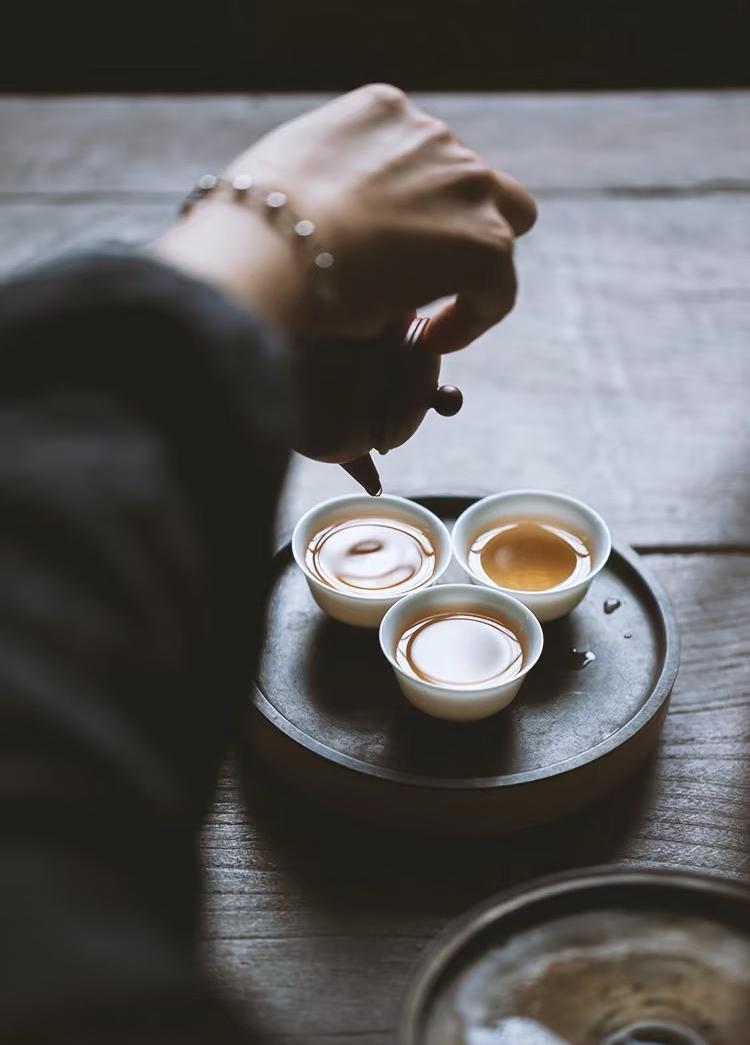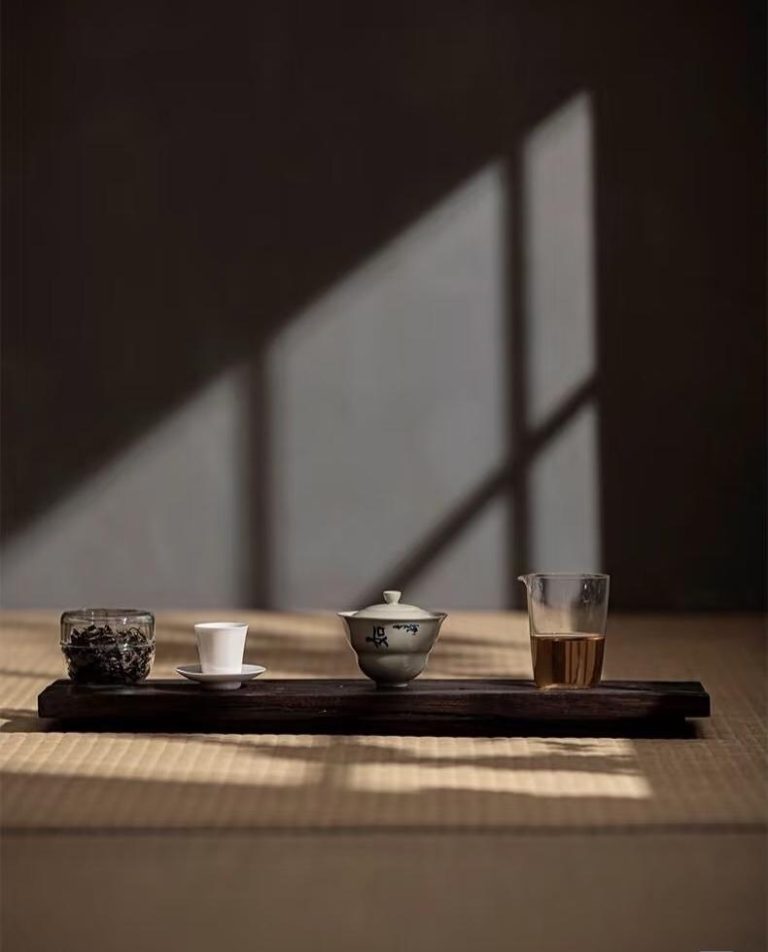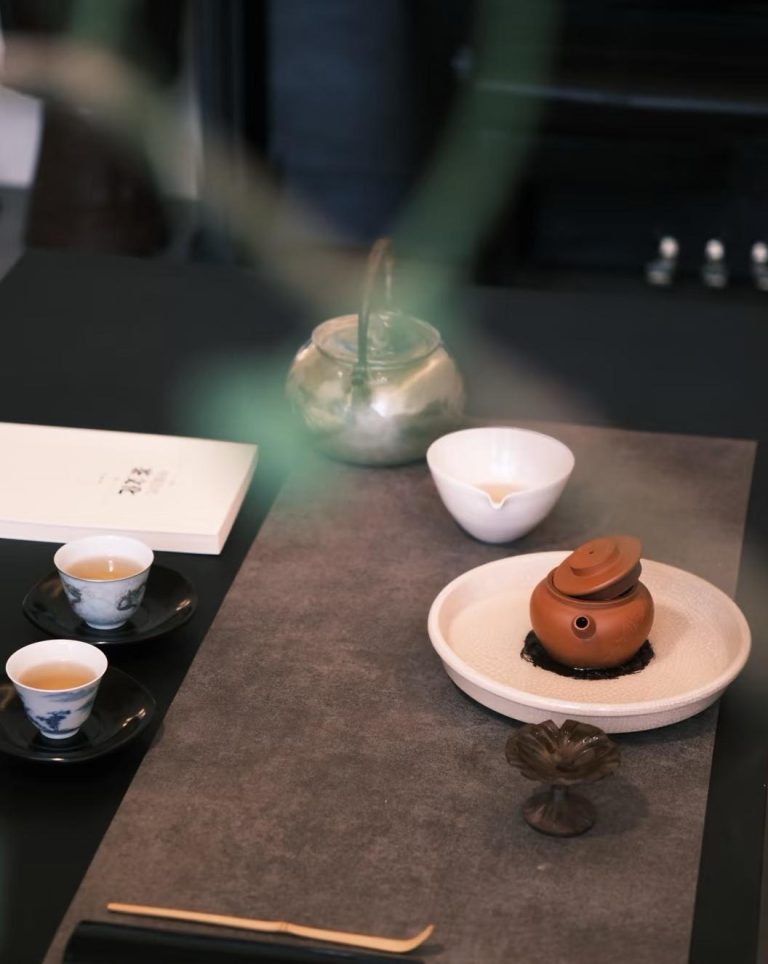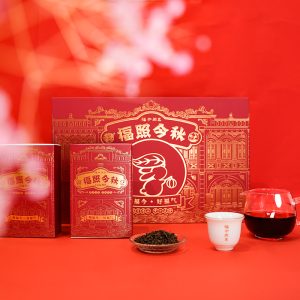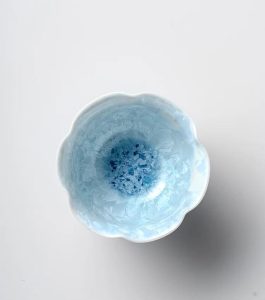
Pu Erh Tea, a unique and ancient variety, holds a special place in the world of teas. Originating from the Yunnan province in China, it has gained immense popularity due to its distinct flavors and health benefits. You will find two main types: raw pu erh tea and ripe pu erh tea. Each offers a unique taste experience. This guide aims to help you explore these varieties, offering insights into their characteristics and brewing techniques. You can discover high-quality pu erh tea rated highly in reviews with FONG’S TEA. Dive into the world of Mansa and savor the rich flavors of FONG’S TEA.
Understanding Pu Erh Tea
What is Pu Erh Tea?
Origin and History
Pu erh tea, a unique type of fermented tea, originates from the Yunnan province in China. This region’s rich history in tea cultivation dates back over a thousand years. You can trace the roots of Pu erh tea to ancient trade routes where it was highly valued for its distinctive taste and long shelf life. The tea’s name comes from the town of Pu’er, a major trading hub during the Tang Dynasty.
Production Process
The production of Pu erh tea involves a meticulous process. You start with large-leaf tea varieties, which are sun-dried and then either left to age naturally or undergo an accelerated fermentation. Raw Pu Erh Tea is aged over time, allowing its flavors to develop complexity. In contrast, Ripe Pu Erh Tea undergoes a controlled fermentation process, giving it a rich, earthy flavor. This unique method sets pu erh tea apart from other teas.
Health Benefits
Antioxidant Properties
Pu Erh Tea is renowned for its antioxidant properties. These antioxidants help combat free radicals in your body, potentially reducing the risk of chronic diseases. Studies suggest that Pu erh tea may aid in lowering cholesterol levels and improving heart health. The presence of polyphenols contributes to these beneficial effects, making Pu erh tea a healthy choice for tea enthusiasts.
Digestive Aid
Drinking Pu Erh Tea can also support digestion. The fermentation process enhances its probiotic content, which may improve gut health. Research indicates that Pu erh tea can help synthesize fewer new fats while burning more stored body fat. This makes it a popular choice for those looking to manage weight. Additionally, Pu Erh Tea’s ability to aid digestion can lead to improved overall well-being.
Raw Pu Erh Tea


Characteristics of Raw Pu Erh
Flavor Profile
When you explore Raw Pu Erh Tea, you discover a diverse range of flavors. Young raw pu erh tea often presents grassy, bittersweet, and floral notes. As it ages, the tea deepens in complexity and character. You might notice that raw pu erh tea becomes smoother and less astringent over time. This transformation allows you to enjoy a tea that evolves with each passing year, offering a unique taste experience every time you brew a cup.
Aging Process
The aging process plays a crucial role in the development of raw pu erh tea. Unlike ripe pu erh tea, which undergoes an accelerated fermentation process, raw pu erh tea matures naturally over decades. This slow aging allows the tea to grow in depth and complexity. You can store raw pu erh tea under specific conditions to enhance its flavor profile. The longer you age it, the more intricate and refined the taste becomes. This characteristic makes raw pu erh tea a favorite among tea connoisseurs who appreciate the art of aging.
Brewing Techniques
Ideal Water Temperature
To brew raw pu erh tea, you should pay attention to the water temperature. The ideal temperature for brewing raw pu erh tea is around 90-100°C). This temperature helps preserve the delicate flavors and aromas of the tea. Using water that is too hot can result in a bitter taste, while cooler water may not fully extract the tea’s essence. By maintaining the right temperature, you ensure a balanced and enjoyable cup of raw pu erh tea.
Steeping Time
Steeping time is another important factor when brewing raw pu erh tea. You should start with a short steeping time of about 20 to 30 seconds for the first infusion. This allows you to taste the initial flavors without overwhelming your palate. For subsequent infusions, you can gradually increase the steeping time. Each infusion reveals new layers of flavor, allowing you to savor the evolving taste of raw pu erh tea. By adjusting the steeping time, you can tailor the strength and intensity of your tea to suit your preferences.
Ripe Pu Erh Tea


Characteristics of Ripe Pu Erh Tea
Flavor Profile
When you explore Ripe Pu Erh Tea, you’ll notice its distinct flavor profile. Unlike raw pu erh tea, which offers a wide range of flavors, ripe pu erh tea presents a more consistent taste. You might find earthy, leathery, and mushroomy notes. This tea often has a bold and less subtle flavor, making it appealing to those who enjoy robust tastes. The fermentation process gives it an earthy and soil-like character, setting it apart from the bright and vibrant notes of raw pu erh tea.
Fermentation Process
Ripe Pu Erh Tea undergoes an accelerated fermentation process. This method involves piling the tea leaves and allowing them to ferment under controlled conditions. The process can take several weeks, resulting in a tea that mimics the taste of aged raw pu erh tea. This fermentation not only enhances the flavor but also contributes to the tea’s health benefits. You can enjoy a consistent and mellow taste, thanks to this unique method.
Brewing Techniques
Ideal Water Temperature
To brew Ripe Pu Erh Tea, you should use water at a higher temperature than Raw Pu Erh Tea. Aim for around 90-100°C. This temperature helps extract the rich flavors and aromas. Using boiling water ensures that you capture the full essence of the tea, providing a satisfying and robust cup.
Steeping Time
Steeping time plays a crucial role in brewing Ripe Pu Erh Tea. Start with a short steeping time of about 20 to 30 seconds for the first infusion. This allows you to experience the initial flavors without overpowering your palate. For subsequent infusions, gradually increase the steeping time. Each infusion reveals new layers of flavor, letting you savor the depth and complexity of Ripe Pu Erh Tea. Adjust the steeping time to suit your taste preferences, ensuring a perfect cup every time.
Comparative Analysis
Flavor and Aroma
Raw vs. Ripe
When you compare the flavor and aroma of raw and ripe pu erh tea, you notice distinct differences. Raw Pu Erh Tea offers a wider range of flavors. Young raw pu erh tea often presents grassy, bittersweet, and floral characteristics. As it ages, the flavor profile changes drastically. The bitterness fades, and the tea develops body and complexity. Aged raw pu erh tea becomes smooth and earthy, providing a nuanced taste experience. In contrast, ripe pu erh tea has a more consistent flavor profile due to its fermentation process. You might find earthy, leathery, and mushroomy notes. This tea often has a bold and less subtle flavor, appealing to those who enjoy robust tastes.
Aging and Storage
Longevity and Storage Conditions
Aging plays a crucial role in the transformation of pu erh tea. Raw pu erh tea can become smoother and less astringent with age. The slow, natural aging process allows the tea to grow in depth and complexity. You can store raw pu erh tea under specific conditions to enhance its flavor profile. The longer you age it, the more intricate and refined the taste becomes. This characteristic makes aged raw pu erh tea a favorite among tea connoisseurs who appreciate the art of aging. On the other hand, ripe pu erh tea typically has a more consistent flavor profile due to its fermentation process. While a longer aging process doesn’t necessarily mean a better taste, some longer-aged pu erh tea offers an exceptional taste. When storing pu-erh, ensure a cool, dry environment to maintain its quality over time.
Health Benefits
Nutritional Differences
Both raw and ripe pu erh tea offer health benefits, but there are nutritional differences. The fermentation process of ripe pu erh tea can enhance its health benefits, including aiding digestion and improving heart health due to its polyphenol content. Raw pu erh tea, with its slower fermentation, retains more of its original antioxidants. These antioxidants help combat free radicals in your body, potentially reducing the risk of chronic diseases. While both types of pu erh tea have a complex depth of flavor, raw pu erh tea is often seen as even more nuanced in its flavor, while ripe pu erh tea tends to have a bolder, less subtle flavor. Exploring an aged tea sampler can provide insights into these differences, allowing you to appreciate the unique qualities of each type.
In exploring raw and ripe pu erh tea, you discover distinct differences and intriguing similarities. Raw pu erh tea offers a diverse flavor range, from grassy to floral, evolving with age. Ripe pu erh tea, on the other hand, presents consistent earthy and mushroomy notes due to its fermentation process. Your preference might lean towards the creamy sweetness of raw pu erh tea or the boldness of ripe pu erh tea. Both types offer unique experiences. We encourage you to explore both varieties. Each cup provides a journey into the rich world of pu erh tea, enhancing your appreciation for this ancient brew.

